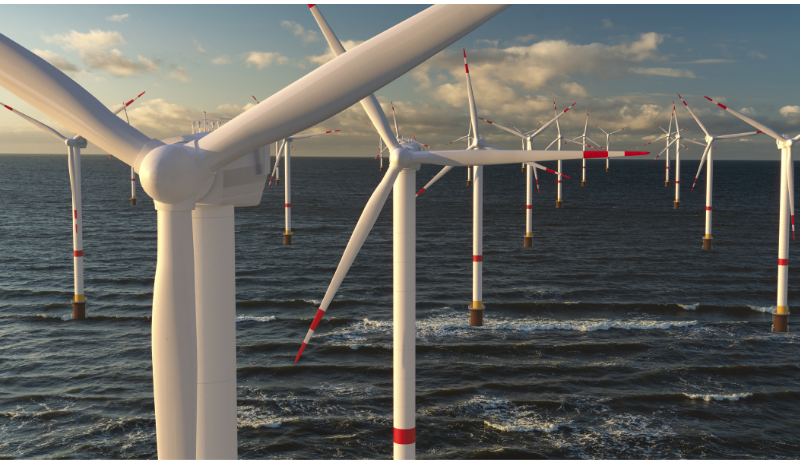ClearBlue staff attended the North American Carbon World (NACW) Conference in Los Angeles last week, where regulators shared updates on carbon program developments across North America. The overall tone of the conference focused on the integrity of these programs to address climate change, given the increasing urgency to do so as highlighted by the recent wildfires in Los Angeles. Much of the narrative was also on the ability of these programs to return funding for clean energy projects and support disadvantaged communities, given that affordability is an often-scrutinized attribute of these programs. Specific state-level updates are as follows:
California
California regulators highlighted the role of market-based programs in delivering financial benefits to the state and disadvantaged communities but offered few additional details on the California Cap-and-Trade rulemaking and Low Carbon Fuel Standards (LCFS) implementation timeline. This comes against the backdrop of a highly anticipated and delayed Initial Statement of Reasons (ISOR) release for the Cap-and-Trade and uncertainty surrounding the LCFS, given the recent rejection by the Office of Administrative Law (OAL).
CARB Deputy Executive Officer Rajinder Sahota spoke on a panel on state-level climate efforts. Sahota’s remarks were followed by CARB Chair Liane Randolph. Sahota did not provide specific timing for the ISOR release, a crucial document for updating the California Cap-and-Trade program to tighten the market and raise prices, which are currently around the USD 30 floor price. She indicated that work is still underway and re-emphasized that CARB is taking the time to be strategic and to ensure legislative members are educated on the program as they consider extension. ClearBlue takes the lack of clarity on the ISOR timeline as confirmation that the release will be further delayed.
Of interest, specific to the Cap-and-Trade rulemaking, Sahota stressed the ISOR release would be announced publicly on their website. It is not uncommon for updates to have previously been announced at conferences or other mediums.
As a small update on the development of the rulemaking, CARB is currently examining new modeling related to energy. They are also considering affordability concerns and exploring additional measures that can be taken regarding electricity, “which is the energy source we want people to choose over other energy sources…” It is unclear at this time how the new energy data and electricity affordability could translate into a formal regulatory proposal. Note that the free allowance allocations are a program design element that can be utilized to protect ratepayers.
With regards to the LCFS, Sahota said that CARB is currently making the amendments requested by the OAL, which are largely regarding language use, and that they are not intending on using the full 120 days to make the amendments. The ultimate timeline for implementation and whether or not it will be in time for the step-change to take effect in Q1 will depend on OAL action after CARB resubmits the rulemaking. Sahota stressed the need for clear investment guidelines to enable prompt action and provide a signal for long-term market certainty.
Finally, in her remarks, CARB Chair Liane Randolph emphasized the importance of telling the stories of the opportunities and effectiveness of climate action and the benefits of the funding, in addition to playing the long game. She mentioned the final LCFS regulations adopted last year and stated that the Cap-and-Trade will continue to play a critical role to the state’s climate goals. Randolph reiterated the update currently on the CARB Cap-and-Trade website that work continues on the regulations and that CARB expects to move forward this year, while simultaneously working with the legislature as they consider the program’s extension.
Washington
Washington is actively pursuing linking their Cap-and-Invest program with the joint carbon market established by California and Québec under the Western Climate Initiative (WCI). This linkage would integrate Washington into a larger, more liquid market, enhancing market efficiency and stability while offering participants a broader pool of allowances and opportunities for cost-effective emissions reductions. Washington is currently undergoing rulemaking to make their program linkage-ready and aims to join markets before 1 November 2027, which is the end of its first compliance period. Aligning their markets with WCI is a moving target, as California's program is continually changing due to an imminent program review. While Washington aims to have their draft linkage agreement by the end of 2025, part of the linkage process includes a joint agreement signed between California, Quebec, and Washington. It was previously established that this agreement could be done in either 2025 or 2026, but at NACW, Washington regulators stated that this would be in 2026. This still makes linkage before 1 November 2027 possible, but this will likely be tethered to California’s timeline, given other items on the state’s regulatory agenda, such as the ISOR and program extension bills.
New York
The New York Cap-and-Invest program has been in the pre-proposal stage since the end of 2023, with the draft regulations being delayed. It was expected that the draft regulations would be released by 2025 with compliance in 2026; however, in her State of State address in January 2025, Governor Hochul made remarks that suggested this could be pushed back. New York regulators confirmed that the reporting regulations will be released in the coming weeks. While this does not mean that the Cap-and-Invest regulations will also be released, the reporting regulations are needed to set the stage for Cap-and-Invest, so ClearBlue interprets this as a signal that the state is still committed to implementing the program, albeit at a later-than-expected date.
ClearBlue will continue monitoring these developments and will provide further updates to our clients.
